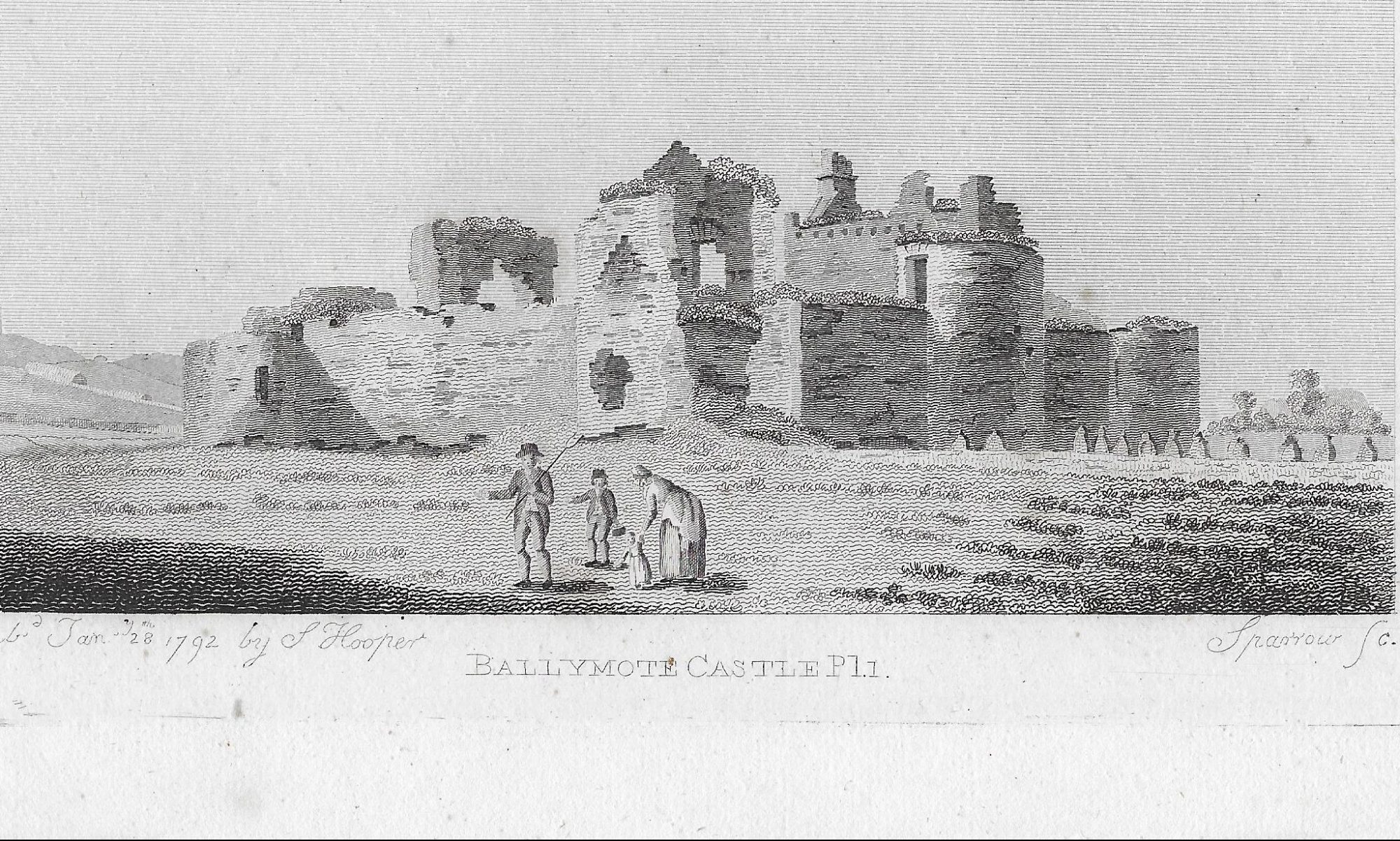As promised I have now begun to transfer my Irish genealogy blog posts from my old website which is nearly ten years old now. I expect that this old website may not be online much longer as time passes and technology evolves. The first blog post that I have decided to transfer was a popular one I first wrote at Christmas-time 2011. This post deals with Christmas traditions in early modern Ireland – particularly a Christmas feast hosted by the O’Molloy chieftain, a Gaelic Irish lord from the Irish midlands, sometime towards the end of the Nine Years War c.1600-1602. The blog was quite popular at the time and given the time of year is a good choice I think, with which to begin the blog transfers. I hope to transfer most of the other blogs over the next few months.
When I posted earlier this week on my Facebook page that I would try and write a Christmas themed blog this week, one of my readers suggested that I write about the Christmas traditions of the Gaelic Irish around the year 1602. Unfortunately, it is sad to say that very few writers at the time recorded any cultural Christmas traditions of the ordinary people of the Gaelic lordships. Perhaps such evidence has survived and I just havn’t found it yet.
Some evidence of Christmas in Gaelic Ireland for the years 1600 to 1602, which was the time of the end of the Nine Years War (1594 – 1603), has survived however, in relation to the O’Molloy chieftain, Calvagh O’Molloy, who was the Gaelic lord of the territory of Fircall, a small Gaelic lordship in the Irish midlands, which is now part of the modern Irish county of Offaly. Calvagh O’Molloy became lord of Fircall in the spring of the year 1599 when his father, Conal O’Molloy, Lord of Fircall died. The Annals of the Four Masters record that Calvagh was appointed Lord of Fircall by Queen Elizabeth I, although ‘Some of the gentlemen of his tribe vied and contended with him (according to the custom of the Irish), for that name’.
Calvagh O’Molloy appears to have been a decent man, who tried to keep his lordship and family out of the major war being fought on the island of Ireland, between the English army of Queen Elizabeth and the forces of the Ulster chieftains, Hugh O’Neill, the lord of Tyrone, and Red Hugh O’Donnell, the lord of Tír Chonaill, who were determined to preserve their autonomy and perhaps drive English influence out of Ireland for good. However, try as he might, Calvagh O’Molloy could not keep the war out of Fircall. In the Spring of 1599, Hugh O’Neill sent his son Conn into the region ‘to ascertain who they were that were firm in their friendship and promises to O’Neill and the Irish’. One of O’Molloy’s neighbours, O’Carroll Lord of Ely treacherously killed a company of Hugh O’Neill’s mercenaries in the winter of 1599, which led Hugh O’Neill himself to march through Fircall in January 1600 on his famous expedition to Munster. Hugh O’Neill spent nine nights in the Fircall region and he did not leave until he had plundered Ely O’Carroll in revenge for his murdered soldiers and until ‘the people of Fircall, of Upper Leinster, and Westmeath, made full submission to him, and formed a league of friendship with him’. Later on in 1600 as the war turned against the Irish, the English army reconquered Laois and Offaly. However, war returned to Fircall in the winter of 1601 as Red Hugh O’Donnell passed through the territory on his epic march to Kinsale.
Not surprisingly all this warfare and the to-ing and fro-ing of so many opposing armies through the Fircall region had a terrible impact on the local population. One of the family, a Franciscan friar Francis O’Molloy, later wrote that ‘the kingdom of Ireland was devastated with famine, fire and sword, and in the utmost dearth of provisions, in Queen Elizabeth’s time’. However, Father O’Molloy also records that Calvagh O’Molloy, concerned for the welfare and possibly the very survival of his followers ‘invited to his house nine hundred and sixty persons for the feast of Christmas, entertained them there for the space of twleve days’. This was a remarkably generous deed by the O’Molloy chieftain, which was probably inspired by some of the famous ‘invitations’ issued by a number of prominent Gaelic Irish chieftains in late medieval times. O’Molloy’s Christmas feast was probably not unique in Gaelic Ireland during the Nine Years War but it is the only one that I am aware of. The feast I think illustrates the concern some Gaelic Irish chieftains had for the own family and followers and also their attitude to war and famine relief. However, Calvagh O’Molloy’s Christmas feast must have been unusually generous. A stanza of bardic poetry was also written to commemorate his very generous deed. Translated from Irish it reads:
‘Thrice three hundred and three score -Tale unheard by thee before – Feasted free in Calvagh’s hall – Caring light what might befall’.
Hope you enjoyed my Christmas blog. Have a great Christmas and New Years everyone.
